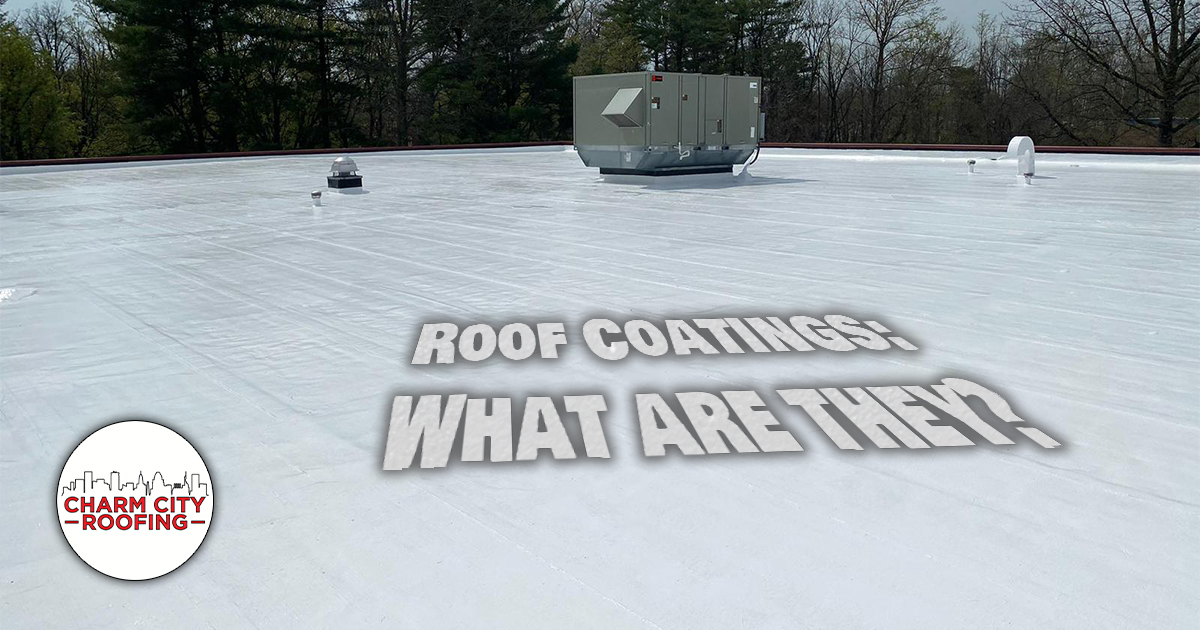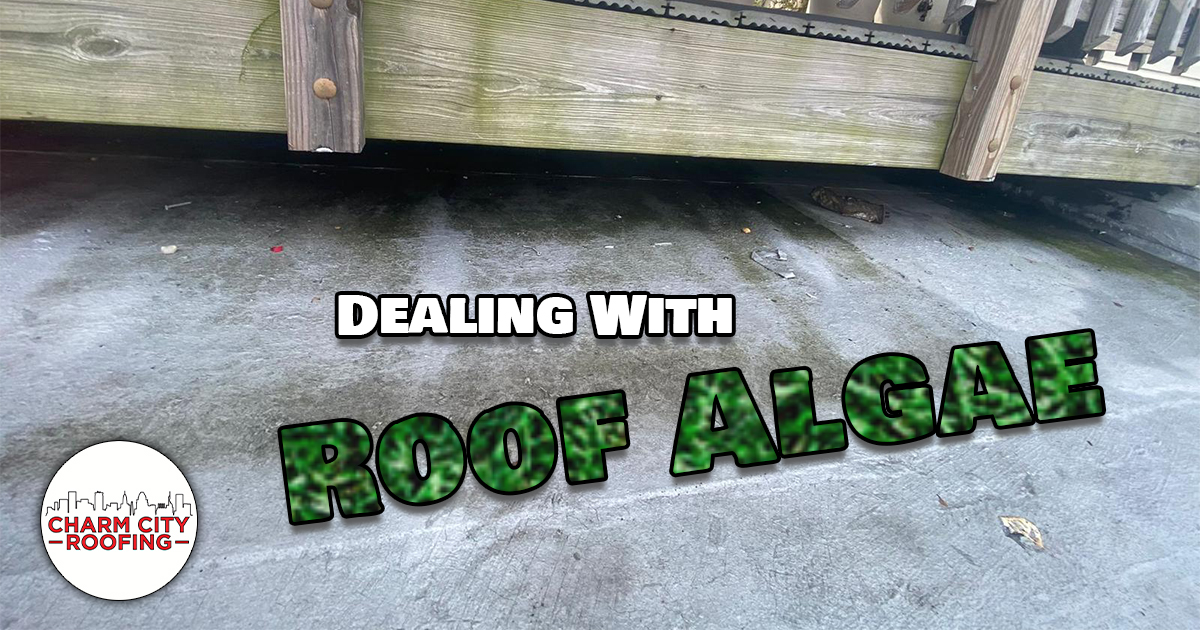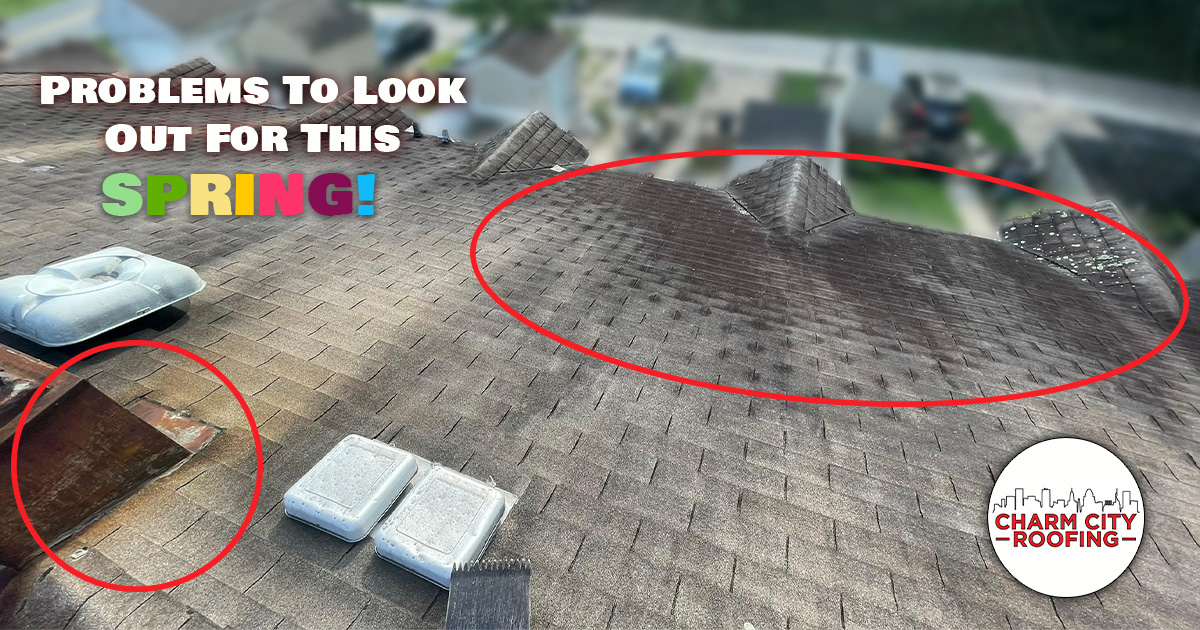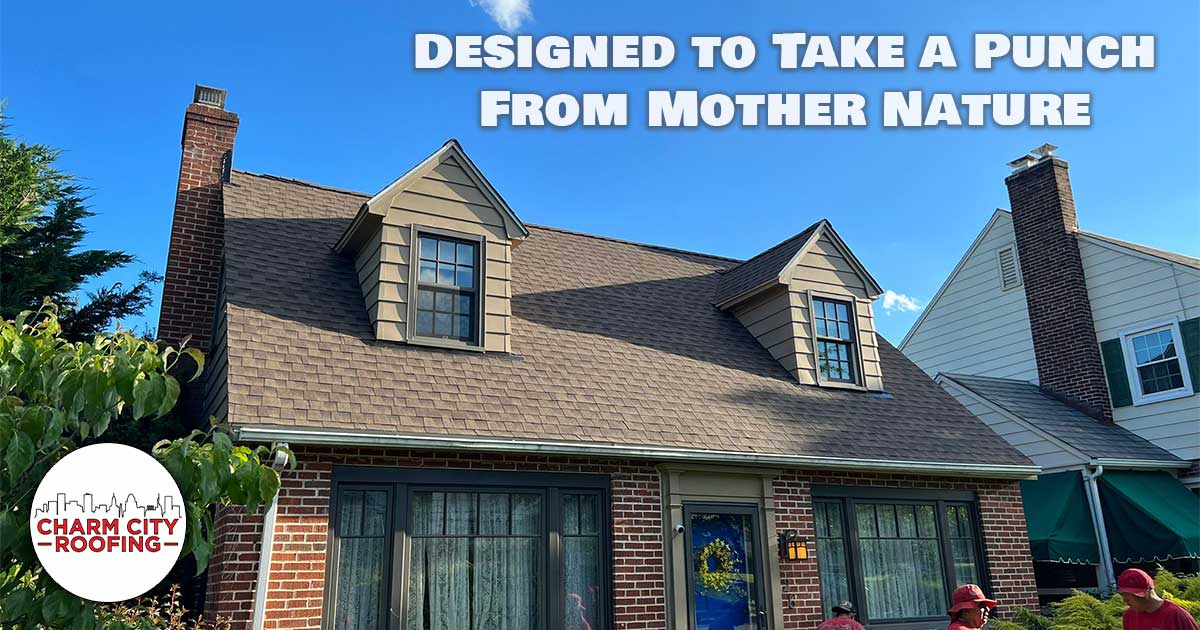
Roof Coatings: What they are and why you might need one
Roof Coatings 101:
Roof Coatings begin as liquid polymers that dry and form a seal in order to keep your roof watertight. “Polymer” is a weird looking word. It sounds more like some kind of mythical sea creature than anything to do with roofs. But polymers just might be the solution to your latest roofing problem.
The word “polymer” refers to the molecular structure of certain materials, many of which are probably familiar to you already. Rubber, silicone, nylon, and PVC are just a few examples of polymers.
So what does this have to do with roofs? Over the last several years, polymer technology has affected nearly every industry on earth. These days, everything from your clothing to your power tools have polymer tech in them. In the roofing industry, we’re using polymers to offer additional roof protection in the form of roof coatings. Coatings help home- and business-owners reduce their energy consumption and extend the life of a roof. Best of all, the process takes as little as one day.
What is a Roof Coating?
Sometimes called a roof covering, a roof coating is an additional protectant that goes over the outermost layer of a roof. Roof coatings are incredibly versatile, and can be applied just as easily to metal sheeting as to asphalt membranes. When complete, it creates a seamless rubberized layer that covers the entirety of your roofing substrate.
The most compelling aspect of a roof coating is its liquid application process. Distributed with a specialty roller or hose, roof coatings go on as easily as a coat of paint. Some are even brushed on! This allows roofers to work with incredible speed, potentially applying thousands of feet of coating in a single day. (You can read more about that here.)
It also means roof coatings thoroughly fill any gaps, cracks, or leaks that may exist. The polymer liquid will cure to create a new watertight seal, nullifying minor damage your roof may have acquired. A roof coating can’t solve every problem— larger holes will need to be patched before the coating is applied. However, a good coating can go a long way towards addressing roof deterioration!
Benefits of Roof Coatings:
If your low-slope roof needs a new lease on life, a roof coating is a cost-effective way to revitalize aging asphalt. A good coating will address minor leaks without an issue. Even more serious damage can be corrected, when combined with a bit of patching. New roofs can benefit just as much from polymer coating, as it extends their life and reduces wear on the underlying system. What’s more, a roof coating can increase your energy efficiency and make your home more eco-friendly.
Consider a Roof Coating If You’re Looking For:
-
More Energy Efficiency.
Roof coatings reflect UV radiation, which in turn regulates the temperature inside the building. Especially in the summer, this added reflectivity can have a huge effect on energy expenditure.
-
More Protection From Leaks.
Whether you’re experiencing leaks now or simply want to get out ahead of a future drip, roof coatings can help. Additional waterproof layers keep the water where it should always be— on the outside. Plus, roof coatings help prevent some of the nasty things that come along with moisture buildup, like algae and mold.
- A Longer Roof Lifespan.
After it’s applied, your new coating will take the brunt of mother nature’s wrath. This means the metal, wood, or asphaltic layers beneath will age much more slowly. Replacing a roof is expensive and time-consuming. Why not put it off a little longer? A well-maintained coating will add many years to the life of your roof.
Types of Roof Coatings:
-
Silicone Roof Coatings:
Many people are familiar with silicone caulks and sealants as a staunchly waterproof polymer. Applied with a sprayer, roller, or brush, liquid silicone polymer forms seamless roof coating. The curing process begins almost immediately, and finishes in just 24 hours. Silicone coatings are incredibly flexible, meaning they do not become brittle with age. On top of that, silicone coatings offer the best UV protection of any roof covering, reflecting over 90% of all UV radiation. Depending on the thickness, a silicone coating can offer up to two decades of additional protection.
-
Acrylic Roof Coatings:
A common choice for businesses and homes alike, acrylic coatings often come at a very appealing price point. Like silicone coatings, acrylic coatings are applied in liquid form, forming a reflective covering when dry. Unlike silicone, however, acrylics eventually become brittle and delaminate from the roofing substrate. Acrylics also have the unfortunate property of softening when exposed to water. In dry climates, this issue can be avoided, but here in the mid-Atlantic acrylics weaken quickly.
-
Urethane Roof Coatings:
For some, a urethane coating may be an appealing option. These roof coatings can take a beating. Urethane is remarkably adhesive and has an even higher tensile strength than silicone. Compared to acrylic coatings, urethane products are significantly more durable, and offer good protection against rain and storms. However, urethane coatings break down much more quickly under UV radiation than silicone.
The Bottom Line
Whether you have an old roof in need of some love or a new one you want to protect, a roof coating is a great choice. An additional barrier helps reduce leaks and wear for years to come. Coatings also help save on energy costs by regulating building temperature. When choosing a coating, take a look at which material best suits your specific needs and climate.



